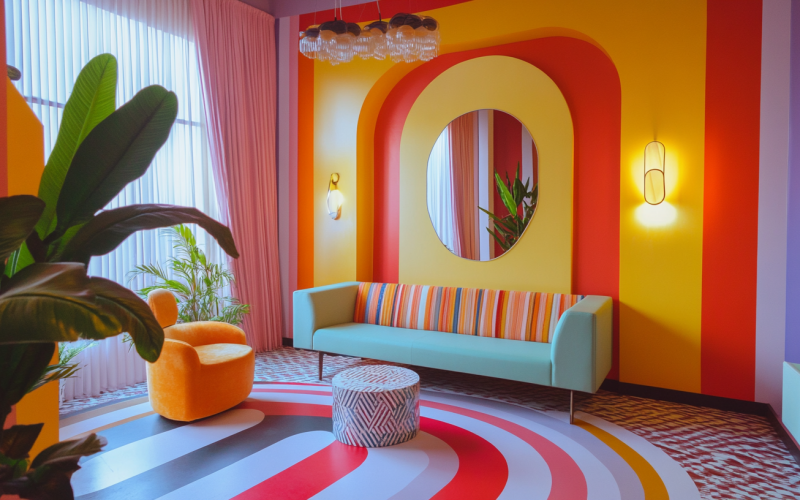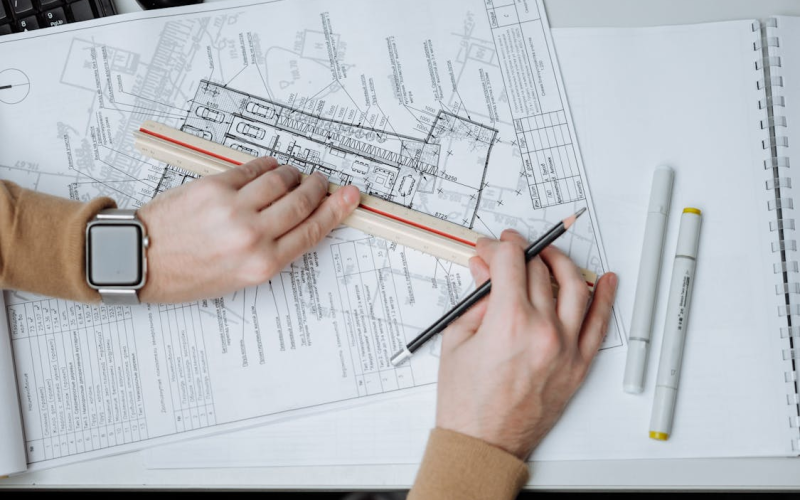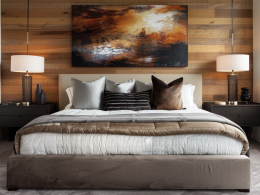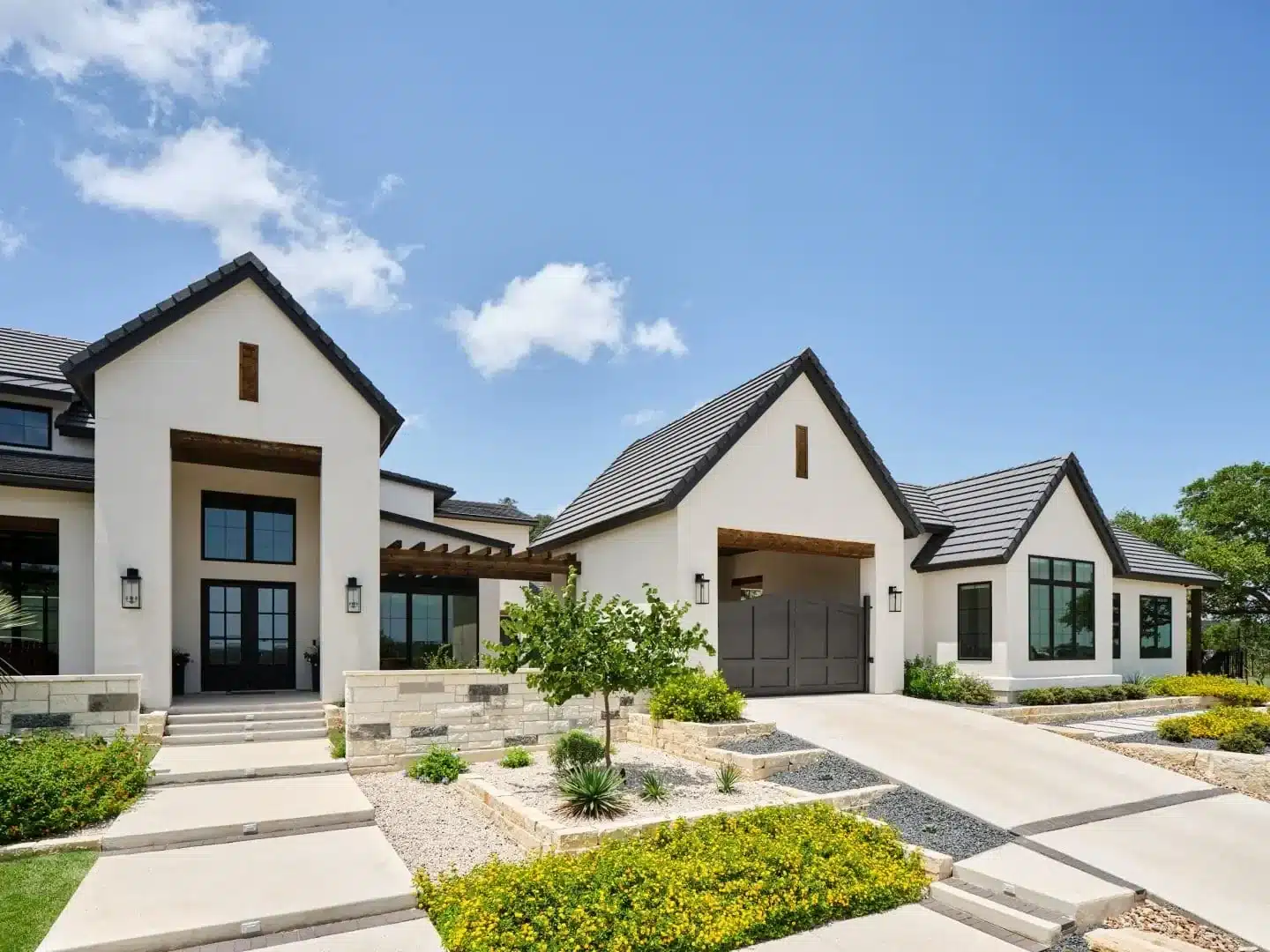Stress and mental turmoil are universal experiences. Some may have it worse than others, but regardless of the severity, it’s in everyone’s best interest to rise above their condition and manage their stressors appropriately.
There are many ways to alleviate the stress and tension we feel in our minds. A few common ones include undergoing meditative practices and positive lifestyle changes. But an oft-overlooked way to combat mental distress is by changing our physical environment.
The layout of a space plays a big role in shaping one’s mental health. A room’s layout can influence one’s mental health in one of two ways: support productivity and mental well-being of the people within its confines, or increase their discomfort and anxiety.
This is why it’s important to design the appropriate spaces to support your mental health. When we care for our minds, we’ll be more adept at making the best decisions for ourselves in the present and future.
If you wish to augment spaces in your life to cultivate positive mental health, whether it’s your home or your office, this article will explore some practical strategies to help you improve your layout for your mental health.
Let’s jump right into it.
Incorporate Nature into Your Design
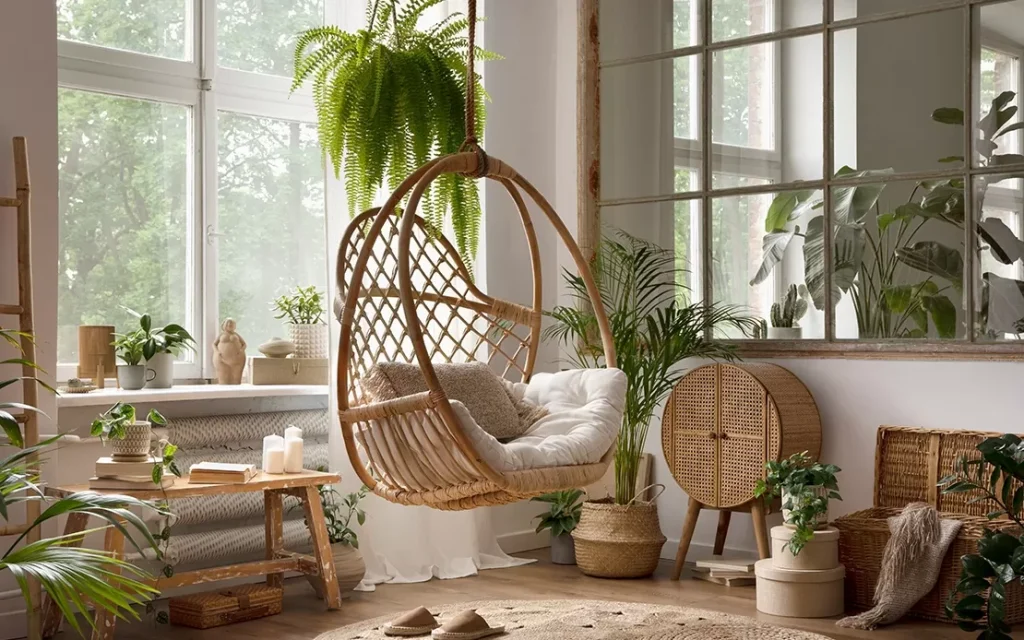
Many people swear by decorating their space with plants as a way to boost their mental health. And, truth be told, they’re spot on in that regard.
Plants are excellent mental health boosters for a number of reasons.
For one, looking at plants helps reduce anxiety and stress, providing a grounding element that stops the proliferation of bad thoughts. It also promotes feelings of calmness. Nurturing plants also makes people feel that they have a purpose and higher responsibility, which can be fulfilling in its own right.
Furthermore, plants connect people with nature, which has its own healing properties. All these factors combined make natural elements a must-have for any space that wants to augment its dweller’s mental health.
There are many types of plants that you can add to your space to boost your mental health. Flowers like lavender and jasmine are great additions and beautiful decorative pieces. You can also add bigger plants like a snake plant or an Areca palm to exude a more naturalistic aura in your space.
If you want a low-maintenance plant that doesn’t require constant tending, you can opt for succulents. There’s an entire world of plants you can consider and add to your space. With the right one, a room can brighten and take hold of a more calming atmosphere.
Use Comfortable Furniture
When designing a layout, the furniture you choose to incorporate is one of the most important elements to consider. If promoting mental health is the goal, then opt for comfortable and supportive designs.
For instance, you should choose ergonomic chairs and plush, rounded sofas for living room or lounge-like areas.
If you’re designing a bedroom, use weighted blankets, mental health beds & mattresses. These designs are soft, comfortable, and accident-proof. They also reduce physical strain and discomfort due to their soft properties and supportive design.
Besides that, you should also incorporate multi-sensory and soft-edge furniture into your space. These furniture pieces help soothe the mind and make the space more inviting, promoting positive mental health and productivity in the process.
Whether you’re designing a layout for yourself or taking in guests, using comfortable furniture can make or break the experience within the confines of the room.
It’s essential to prioritise designing a space that’s soothing to allow for a restful and productive experience—and that entails choosing the right furniture, even if it means replacing your current ones.
Create a Free-Flowing Layout
Getting the building blocks (i.g. The furniture) is one thing, arranging it in a way that’s inviting and comfortable is a totally different beast. Both aspects of interior design are incredibly important to consider when designing your space.
The most essential strategy for designing a mental health-boosting space is making it open and easy to move around. When there’s a natural flow between areas, the ambience of your environment shifts for the better. It can turn a room that feels like a confined, chaotic space into one that’s freeing and confidence-boosting.
Furthermore, a free-flowing layout also helps promote better light balance and air circulation within the room. This can make the room feel more uplifting and natural, increasing the productivity or restfulness of the people staying within the space.
If your interior feels rigid and cluttered, consider arranging your furniture around to free up space in the room’s centre. If the room still feels like it’s in disarray, then consider removing some furniture or furnishing to open up the area more.
Add a Touch of Personalisation

Ask even the most minimalist person and they would agree: a home without any personal touch is one that’s incomplete.
As such, if your office space or living room feels devoid of personal touches, and if it’s affecting your mental health in a negative way, then set some time aside to create an environment that resonates with you.
The approach is something that’s pretty distinct as it’s based on your own individual preferences. As a source of inspiration, consider adding the following to your space:
- Family photos and postcards
- Hanged artworks
- Souvenirs from past travels
- Medals and trophies
- Items from your hobbies
- A bookshelf of your favourite books
- A collection showcase
- Some of your favourite plants
- A combination of all the above!
By personalising your space, you can add a touch of your character to your space. This can make your sanctuary feel distinctly yours, which can make it all the more appealing to call that space your own.
Mind The Colour Palette
Your room’s colour scheme plays a big role in influencing how you view your space. Sharp, bold tones can add to feelings of hyperactivity, while neutral tones can promote a calming and serene atmosphere.
If you want to choose the best colours to support your mental health, opt for neutral and soft hues. This includes beige, light brown, and anything pastel. You can also get away with darker tones like navy blue if your space has a window that lets in a lot of natural light. Don’t go for dull colours like grey.
By choosing the right colours, you can transform the room’s atmosphere nearly immediately, enhancing both the beauty and mood it evokes.
Paint is one of the main ways to colour your room, but it’s not the only way. You can also incorporate paint in your decorations and furniture. You may also consider using two or more colours to complement one another.
In any case, be sure to take heavy consideration of your space’s colour scheme. The right colours can make your space the perfect backdrop for a mental health boost—which is definitely appreciated whether you’re resting in bed or inside the office.
Bring in Soft, Natural Light
Harsh, fluorescent lighting in a windowless room creates a fairly bleak setting, to say the least. On the contrary, having natural light stream through open windows can be transformative—creating a warm, lively, and inviting atmosphere throughout the whole room.
As such, whenever possible, try to incorporate as much natural lighting into your space as possible. Open your windows and use airy and light curtains to draw sunlight into your room during the day. Use reflective items like mirrors to scatter the light to various parts of the room.
If the room you have has no windows, a substitute would be to opt for soft lights like LED lights to mimic daylight. The right lighting can alter your mood and energy levels for the better, so be sure to incorporate it into your environment to make it more uplifting.





